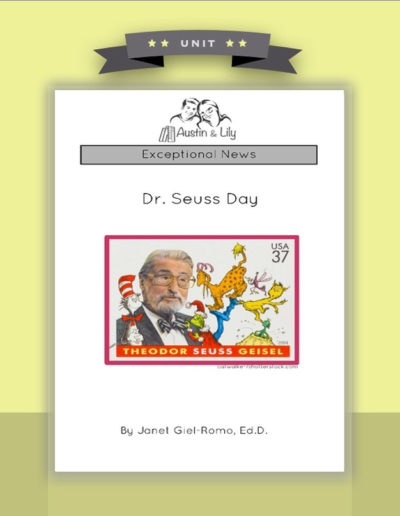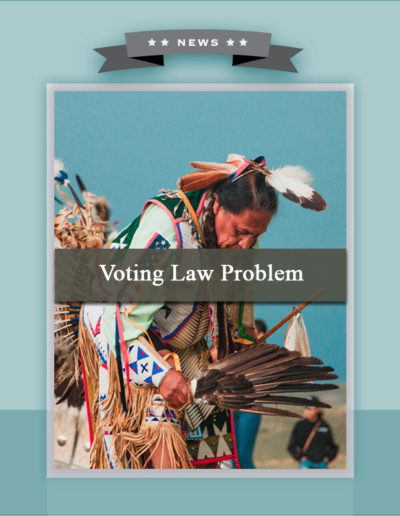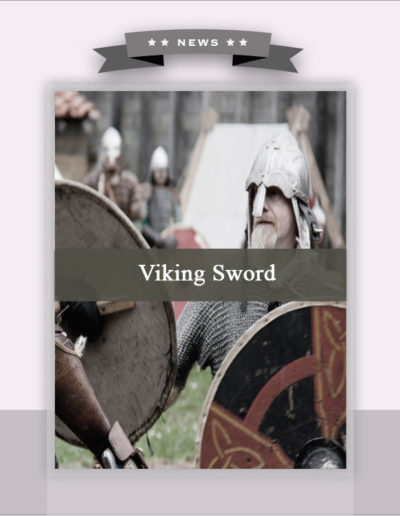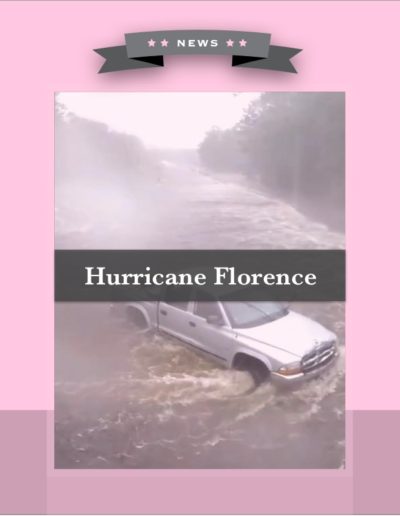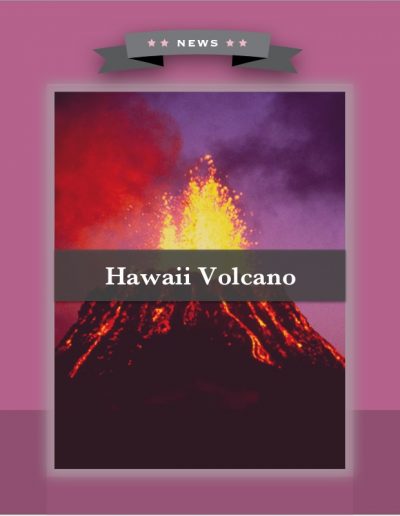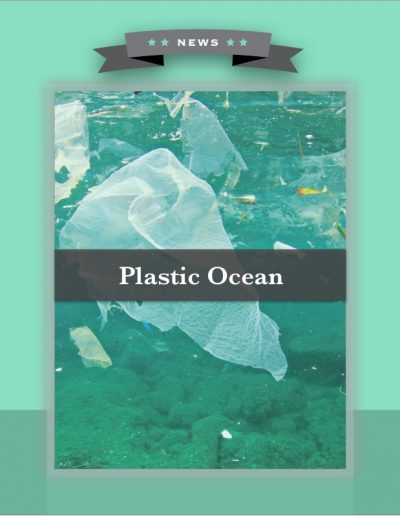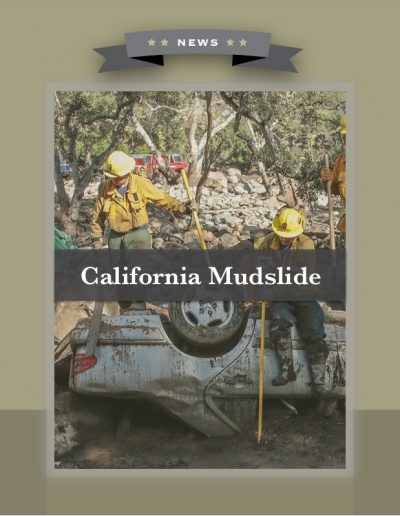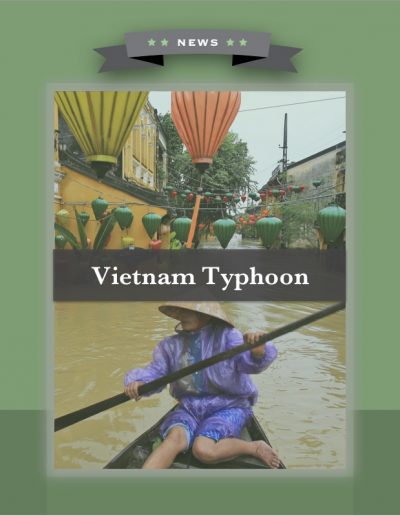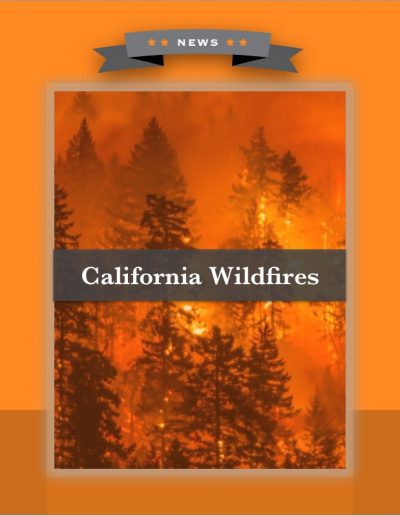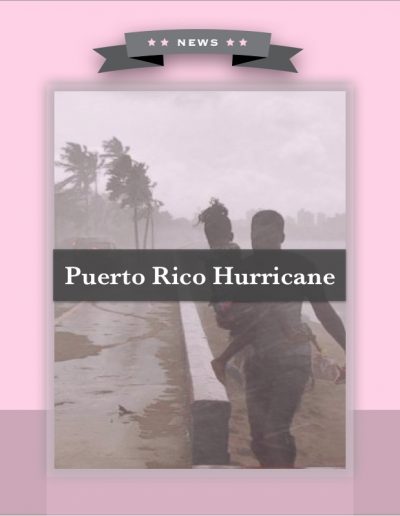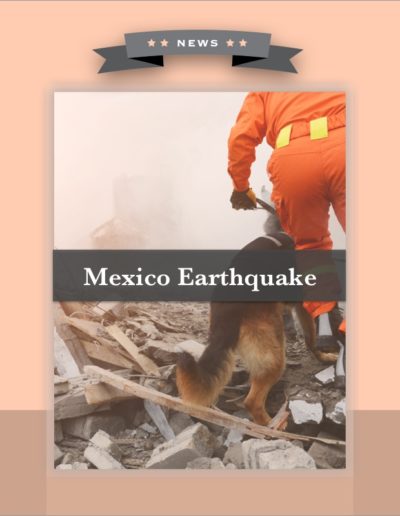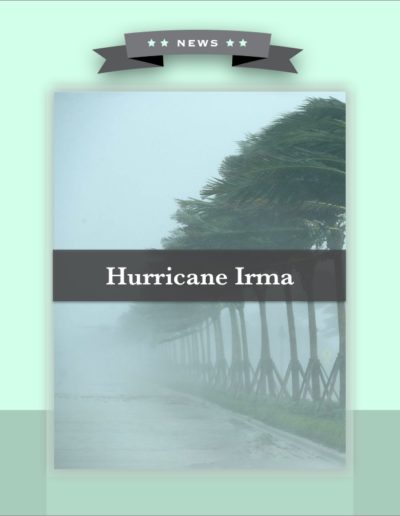Why Teach Current Events?
Current events develop an awareness of the world and the plight of others. Famous people, places, problems and events that occur all over the world are included in our current events collection. The topics we cover connect nicely with standards-based curriculum topics by providing real life examples of volcanoes erupting , hurricanes, mudslides, elections, problems, events, etc. to deepen understanding in many areas.
With a subscription to Exceptional News, you have all of our past Current Events Units PLUS all the new ones. It’s quite a collection!

Understand the World
Current events are discussed on television, within families, and tend to be a popular topic of conversation. Understanding major current events develops “withitness” and develops cultural literacy.

Transition Skills
The ability to problem solve is the most important skillset needed for work and independence. Direct instruction is needed to develop these skills, and is incorporated into our unit design.

Problem-Solving
Real scenarios are ideal for practicing how to identify a problem, make a mental representation of the problem, brainstorm solutions, test solutions for viability, and evaluate solutions.
How It Works
Each current event story is created in multiple formats to meet your needs.
Like our other units you get both color and black and white versions of the book along with an E-book for projecting on a SMARTBoard or computer screen. In addition, we provide a newspaper-like format that prints on a single page.
The standard worksheets for these units includes WH Questions and Summary in 3-4 levels and a map activity.
Teacher notes for each page of the book provide talking points to deliver explicit instruction that engages students, develops problem solving, and fosters conversations.
Current Events Units
50+units right now.
Best Practices
Problem-solving skills have been identified as the most important skill needed for employment and independence, yet so little time is spent developing this skill. The best way to teach problem-solving skills is through scenarios. We have found that our news product is an ideal platform to incorporate problem- solving scenarios so that students get practice on this on a regular basis using real-life problems that people face.
The first step is identifying the problem, so be sure to prompt kids to state the problem to start the discussion.
Throughout the lesson, help students identify the problem that the various issues are causing people. Talk about what people might have to do given the circumstances on each page where this applies. For example, if there is a flood, help students identify the problem and what problems that would cause all involved, and what they might have to do…..Everything is wet, some things would get ruined, some things float away, etc. engage students in a conversation about this. Another example, could be talking about the tree that has fallen on a car during a hurricane. What problem does the class see now? “You are right… now that car won’t work. Oh no. There is glass everywhere. What should they do if they see glass on the ground? You are right… people need to be careful so they don’t get cut. How will the owners of that car get places with no car? Etc.
As suggestions are made, help the students see if the idea is viable by walking through what their suggestion would entail to see if it’s practical and would work. This type of instruction guides students through the problem-solving process. Over time, using this strategy when you look at the current events slides you will notice improvements in critical thinking.
Happy Customers
My class read “Hurricane Irma,” “Earthquake in Mexico” and “Take a Knee”.
I was totally blown away by the Austin and Lily “Exceptional News” books. The format is so different than anything I have seen offered elsewhere. It is exactly what a self-contained class with intellectually disabled students of all ranges and abilities can actually use.
After watching the tutorial overview, the visual on how to fold the book and reading the teacher notes, I was eager to start. I liked the teacher’s notes because they aren’t strictly scripted but there are enough ideas to get talking points flowing.
One of my weaknesses as a teacher is that I don’t cover information in a lot of different ways with enough repetition. By following the teaching suggestions, I was able to slow down and stay on one article for the entire week! The three levels served me well within one class. I really enjoyed using this with my class. Most of them had heard about the topics of all three articles. Reading the books on the smartboard with the pictures really initiated a lot of discussion out of my usually silent class. When I showed an actual hurricane and earthquake happening on You Tube, all of my students were engaged and talking. Talk about high interest! It made me feel good and I felt like my students got a lot out the articles. I can see a lot of thought and work went into each article. Most of my day is teaching math and I really looked forward to reading with my students on current events that are wonderfully age appropriate!
FAQ
How often do I get a new article?
How do you teach problem-solving while covering the news?
Throughout the lesson, help students identify the problem that the various issues are causing people. Talk about what people might have to do given the circumstances on each page where this applies. For example, if there is a flood, help students identify the problem and what problems that would cause all involved, and what they might have to do…..Everything is wet, some things would get ruined, some things float away, etc. engage students in a conversation about this. Another example, could be talking about the tree that has fallen on a car during a hurricane. What problem does the class see now? “You are right… now that car won’t work. Oh no. There is glass everywhere. What should they do if they see glass on the ground? You are right… people need to be careful so they don’t get cut. How will the owners of that car get places with no car? Etc.
As suggestions are made, help the students see if the idea is viable by walking through what their suggestion would entail to see if it’s practical and would work. This type of instruction guides students through the problem-solving process. Over time, using this strategy when you look at the current events slides you will notice improvements in critical thinking.
Can you show me an example of what the talking points you provide for each page look like?
Page 4: Let’s look at the picture. What do you see? Yes, there is a fireman carrying a girl away from the fire. Let’s read what this page says. It says “Some people got sick from the smoke. Some people died. Oh, that is sad, isn’t it? One thing about fires that is so dangerous is the smoke. Who here has seen smoke from a fire? What happens if you breathe smoke? Do you cough? (mimic coughing) Class, I want everyone to cough. Yes, that is what happens if you breathe in a bunch of smoke. When there is a big wildfire there is a lot of smoke. There is so much smoke that people can’t breathe. That is scary. The firemen needed to help those people. Some of the people were breathing the smoke too long and they died. That is sad. They couldn’t get away from the smoke because the fire was all over. It was a huge fire.
How does Exceptional News contribute to the development of cultural literacy?
What if my student can't read?
What does the subscription include?
How can a speech therapist use this?
When does the subscription start?
Are there any holiday breaks?
What if I am not satisfied?
What Standards are addressed using Exceptional News?
- Summarizing
- WH Questions
- Reading strategies
- Building vocabulary
- Weather (hurricanes, tornadoes, blizzards, hail, rain, etc.)
- Disasters (earthquakes, floods, volcanoes, etc.)
- Geography (maps, continents, countries, capitol cities, oceans, lakes, rivers, mountains, valleys, plateaus, etc.)
- animals (habitat, what they eat, body parts, characteristics)
- Important People (government officials, royal families, musicians, actors, etc.)
- Global awareness (where they live compared to other locations around the world)
How can ESL students benefit from Exceptional News
This curriculum provides news in a simplified format,and introduces new vocabulary and develops background knowledge while learning to speak English more fluently.
Who Can Use a License?
A license is to be used by one teacher / therapist / parent.
The materials on this website are made available to individuals for use in classroom or individual instruction. For these purposes only, materials can be downloaded, printed and/or copied by the individual for all of their students or clients. Use by more than one individual will require a license for each person.
We do monitor the number of “hits” associated with each subscription, and excessive use can result in an account suspension.
Get Started!
Sign up today for only $195.




